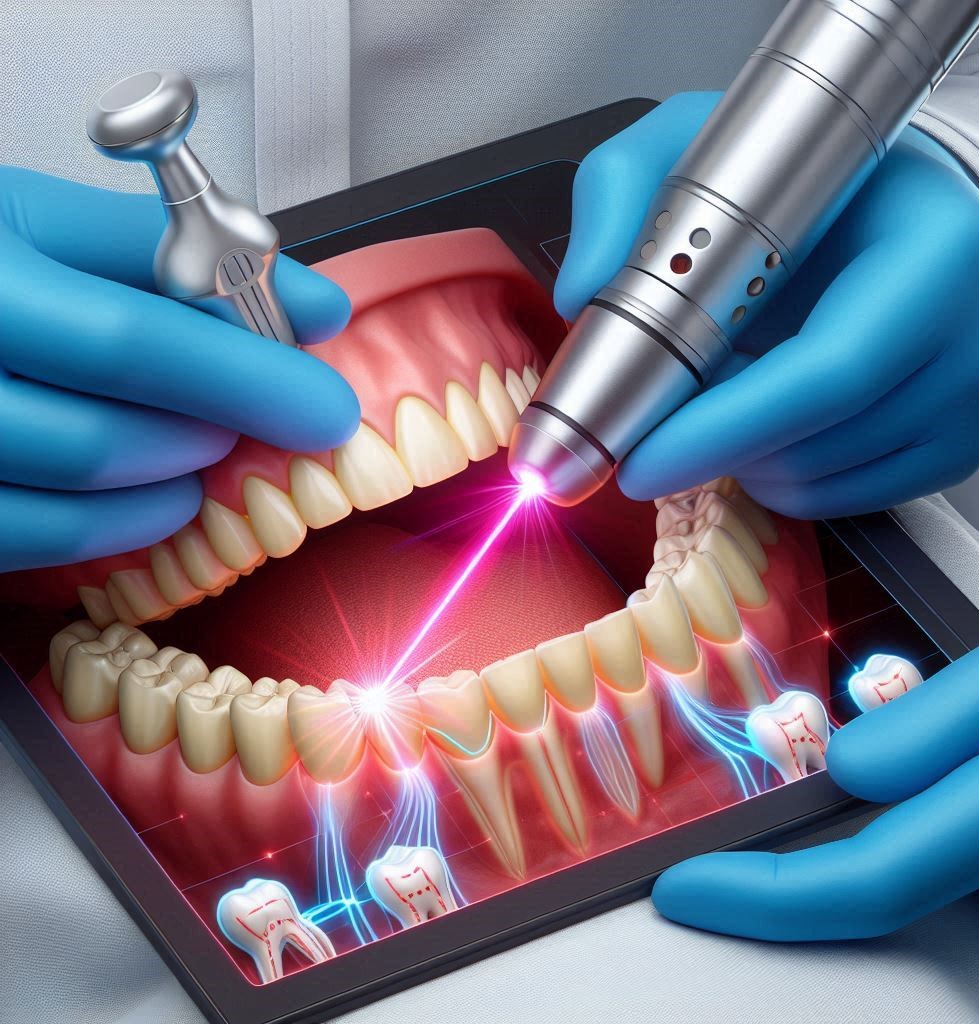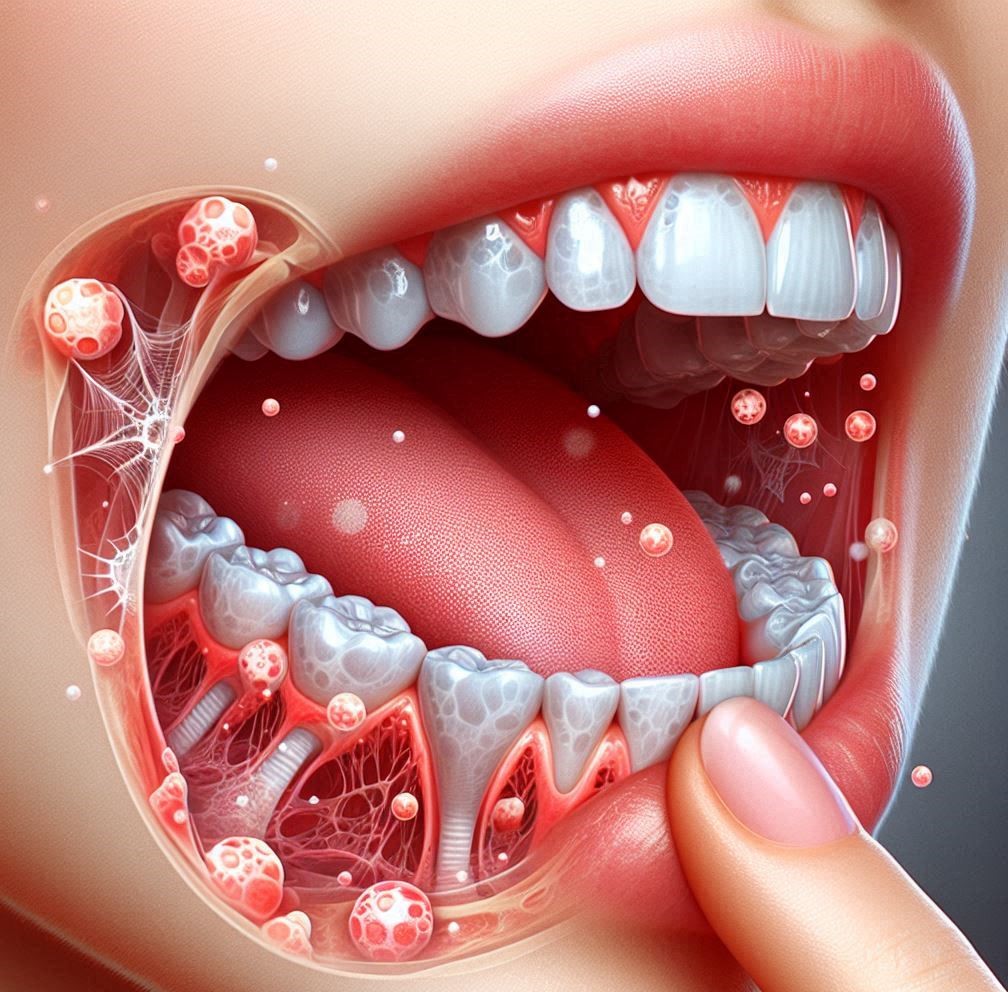In the rapidly advancing world of medical and dental technology, one of the most notable innovations in recent years is the use of laser technology in dentistry. Specifically, laser dentistry for fillings has become a game-changer, offering patients a more comfortable, efficient, and precise alternative to traditional dental procedures. Laser technology has made significant strides in a variety of dental treatments, including cavity detection, soft tissue procedures, and, importantly, fillings.
In this comprehensive article, we will delve deep into the use of laser dentistry for fillings, examining its numerous benefits, how it works, and the science behind it. By the end, you will have a thorough understanding of how lasers are revolutionizing dental care and why they are becoming increasingly popular among patients and practitioners alike.
Understanding Laser Dentistry
Before diving into the specifics of laser dentistry for fillings, it’s important to first understand what laser dentistry entails. The term “laser” stands for Light Amplification by Stimulated Emission of Radiation. In dental practice, lasers are used to treat both hard and soft tissues. Laser dental treatments can be applied in a variety of areas, including:
- Cavity preparation: Lasers can remove decayed tissue and prepare the tooth for a filling.
- Tooth whitening: Laser energy is used to activate a bleaching agent to brighten teeth.
- Gum contouring: Lasers can shape and remove excess gum tissue.
- Soft tissue procedures: Lasers are effective in soft tissue surgeries, including biopsies and removal of tumors or lesions. Laser dentistry differs from traditional methods in that it uses concentrated light energy rather than mechanical drills, scalpels, or other tools. In the case of dental fillings, lasers are used to remove decayed tooth material, prepare the cavity, and harden the filling material. This technology offers a variety of benefits, which we’ll explore in more detail.
How Laser Technology Is Used for Fillings
In the past, dental fillings involved the use of a traditional drill to remove decayed tooth material, which could be uncomfortable for patients. The sound, vibration, and pressure of the drill were often sources of anxiety for many people, leading to fear of dental visits. However, with the advent of lasers in dentistry, many of these issues have been significantly reduced or eliminated.
The Process of Laser Filling Treatment:
- Diagnosis and Preparation: The dentist begins by using diagnostic tools such as X-rays or visual examination to identify cavities and the extent of decay. Once the cavity is located, the dentist may administer local anesthesia, although this is often not necessary with laser treatments, depending on the procedure and the patient’s sensitivity.
- Laser Application: After preparation, the dentist uses a laser to target and remove the decayed portion of the tooth. Lasers work by emitting focused light energy that vaporizes or vaporizes the decayed tissue without affecting the surrounding healthy tooth structure. This precision minimizes damage to healthy tissue and allows for better preservation of the natural tooth.
- Cleaning and Filling: Once the decayed material is removed, the dentist will clean and prepare the cavity for the filling material. With the laser treatment, the cavity edges are usually smoother and more precise, which makes it easier for the filling material to adhere to the tooth. The dentist then places the filling material (such as composite resin or dental amalgam) into the cavity.
- Curing and Hardening: In some cases, the laser can also be used to help harden or “cure” composite fillings, accelerating the setting process and improving the bond between the tooth and the filling material.
- Polishing and Finishing: The dentist will polish the filling and ensure it fits comfortably with the surrounding teeth. The final step is a check for proper bite alignment and any adjustments needed to ensure optimal function.
Benefits of Laser Dentistry for Fillings
Laser dentistry for fillings is a breakthrough in modern dentistry, providing patients with an array of benefits. Let’s examine these benefits in detail:
Reduced Discomfort and Pain
One of the most significant advantages of laser dentistry for fillings is the reduction in discomfort and pain. Traditional dental drills can cause discomfort for many patients due to vibration, noise, and heat. Lasers, on the other hand, work in a much more controlled and gentle manner. Minimized pressure and vibration: Unlike traditional drills, lasers do not cause the vibrations that many patients associate with discomfort. The light energy gently removes the decayed tissue, providing a more comfortable experience. Less heat and no friction: Laser technology generates less heat and friction compared to mechanical drills. This reduces the potential for pain and irritation, which is particularly helpful when treating sensitive teeth or areas near nerves.
Additionally, in many cases, the use of lasers for fillings may eliminate or reduce the need for local anesthesia. This is particularly advantageous for patients who have a fear of needles or those who simply prefer to avoid the numbing effect of anesthesia.
Faster Healing and Recovery Time
Traditional fillings can sometimes lead to extended healing times, especially if there is swelling or discomfort following the procedure. With laser dentistry, the recovery process tends to be quicker and less traumatic for the patient. Less post-operative swelling: Lasers have the ability to seal blood vessels during treatment, which reduces bleeding and minimizes swelling. This can result in a faster recovery period and less discomfort after the procedure.
- Faster tissue regeneration: Lasers can stimulate the natural healing process of soft and hard tissues. This can lead to a faster recovery time, particularly for the gum tissue surrounding the treated area.
- Reduced risk of infection: The heat from the laser can sterilize the treated area, significantly reducing the risk of infection after the procedure. This is especially important for patients with compromised immune systems or those who are prone to infections.
Precision and Accuracy
Lasers offer exceptional precision when it comes to removing decayed tissue and preparing cavities for fillings. This precision leads to several key advantages: Minimal damage to healthy tissue: Because lasers can target the decayed tissue with remarkable accuracy, they leave surrounding healthy tooth structure largely untouched. This helps to preserve as much of the natural tooth as possible, which is always preferable.
- Better bonding of the filling material: The precision of laser dentistry creates smoother cavity walls, which can result in a better bond between the tooth and the filling material. This can help increase the longevity of the filling and reduce the likelihood of future decay.
- Minimal need for drilling: Lasers can sometimes eliminate the need for traditional drilling altogether, making the process of getting a filling much less invasive. This precision leads to better outcomes, particularly for those who may be concerned about the loss of healthy tooth structure.
Lower Risk of Dental Anxiety
Dental anxiety is a significant barrier for many patients seeking dental care, especially when it comes to procedures that involve drilling. The noise, vibration, and pressure of traditional dental drills often cause fear and stress for many people.
With laser dentistry, the process is quieter, more comfortable, and generally less invasive, making it an ideal choice for patients with dental phobia. The use of lasers often leads to a calmer, more relaxed dental experience, allowing patients to feel more at ease during the procedure. This is especially true for children or individuals who have had traumatic dental experiences in the past.
Reduced Need for Anesthesia
One of the major concerns for patients undergoing traditional dental procedures is the need for local anesthesia. The use of lasers, however, often reduces or even eliminates the need for numbing agents, depending on the procedure and the patient’s sensitivity. In many cases, lasers can work without causing significant pain, allowing patients to remain comfortable without the need for injections or the numbing effects that come with traditional anesthetics. This makes the procedure more appealing for those who have a fear of needles or prefer to avoid the side effects of anesthesia.
Versatility and Range of Uses
Laser dentistry is incredibly versatile and can be used for a wide range of dental procedures. While laser fillings are a common application, lasers are also used for:
- Teeth whitening: Lasers can activate whitening agents for a more effective and faster treatment.
- Gum disease treatment: Lasers are used to treat gum disease by removing infected tissue and promoting healing.
- Soft tissue surgeries: Lasers can help treat canker sores, lesions, and even cosmetic gum surgeries.
- Decay detection: Laser technology can be used to detect cavities early before they are visible on X-rays or to the naked eye.
The broad range of applications makes laser dentistry an attractive choice for many patients looking for minimally invasive dental care.
Environmental and Patient Safety
Lasers are also a more environmentally friendly option compared to traditional dental tools. Unlike mechanical drills, which require the use of lubricants and often produce waste materials, lasers are a clean and precise option that generates little to no waste. Additionally, because lasers sterilize the treated area, the risk of cross-contamination is minimized, making them a safer option for both patients and dental practitioners.
Improved Aesthetic Outcomes
In addition to the functional benefits, laser dentistry often leads to improved aesthetic outcomes. The precision of laser treatments helps achieve better results in terms of both the appearance and the longevity of dental fillings.
For example, composite fillings used in laser-assisted procedures often bond better with the tooth structure, resulting in a more seamless and natural-looking restoration. In many cases, laser treatments also produce fewer visible signs of dental work, leading to an overall more aesthetically pleasing result.
Who Can Benefit from Laser Dentistry for Fillings?
Laser dentistry for fillings is suitable for a wide range of patients, including both adults and children. The procedure is particularly beneficial for:
- Patients with dental anxiety: Those who experience fear or stress about traditional dental treatments may find laser dentistry a more comfortable and lesstressful alternative due to its reduced noise, vibration, and discomfort.
- Children: Because laser procedures are typically gentler and more comfortable, they are an excellent option for children who may have a fear of traditional dental drills.
- Patients with sensitive teeth: Laser dentistry reduces heat and pressure, making it ideal for individuals with sensitive teeth or those who experience discomfort from traditional dental treatments.
- Individuals with certain medical conditions: Laser dentistry can be particularly beneficial for patients with certain medical conditions, such as those who have a high risk of infection, as lasers can help sterilize the treated area and reduce the likelihood of post-treatment infections.
- Patients looking for a quicker recovery: The faster healing times associated with laser treatments make it an appealing choice for those who need to return to their daily activities as soon as possible.
Is Laser Dentistry Right for You?
While laser dentistry offers numerous benefits, it may not be suitable for every dental situation. It’s important to consult with your dentist to determine if laser technology is appropriate for your specific needs. Some factors that could influence whether you are a good candidate for laser dentistry include:
- The type and size of the cavity: While lasers are effective for many cavities, larger or more complex cavities may still require traditional methods.
- Your overall oral health: Patients with extensive gum disease or other significant oral health issues may need a more comprehensive approach that combines traditional and laser treatments.
- Insurance coverage: Not all dental insurance plans cover laser treatments, so it’s important to check with your provider to understand your coverage options.
Conclusion
The Future of Laser Dentistry As laser technology continues to evolve, its applications in dentistry will likely expand even further. The benefits of laser dentistry for fillings—reduced discomfort, faster recovery, greater precision, and improved aesthetic outcomes—make it a compelling option for patients seeking a more comfortable and effective dental experience. While laser dentistry is not yet available for every type of dental issue, its growing use in a variety of dental treatments, from cavity preparation to gum disease management, shows great promise. With continued advancements, laser dentistry could one day become the standard of care for many dental procedures, revolutionizing the way patients experience dental care. If you’re looking for a more comfortable, efficient, and precise way to get your dental fillings, laser dentistry might be the right choice for you. It offers many advantages over traditional methods, improving the overall experience and outcomes for patients of all ages.
SOURCES
Huang, S. H. & Sadr, A. (2017). Laser dentistry: A comprehensive review and clinical considerations. Journal of Clinical Dentistry, 28(1), 10-19.
Jiang, T. & Zhang, X. (2019). The use of lasers in modern dental practice. Journal of Dental Research, 98(2), 182-190.
Park, W. H. & Kim, H. S. (2020). Laser-assisted dental procedures: A review of the clinical applications and benefits. Journal of Oral Science and Rehabilitation, 8(3), 110-118.
Rosen, E. D. & Lee, S. T. (2018). The role of lasers in reducing dental anxiety and discomfort. International Journal of Dental Research, 12(4), 45-53.
Smith, J. K. & Allen, J. T. (2015). Advances in laser technology for dental fillings: A shift toward patient comfort and precision. Journal of Dental Technology and Materials, 21(2), 92-97.
Thompson, P. L. & Wang, L. Z. (2016). The impact of laser technology on dental filling procedures: A review of clinical outcomes. Journal of Dental Innovation, 30(1), 55-61.
HISTORY
Current Version
February 21, 2025
Written By:
SUMMIYAH MAHMOOD




